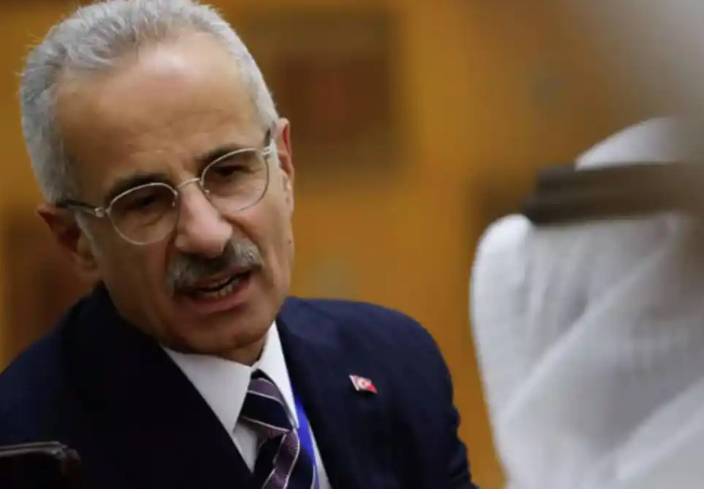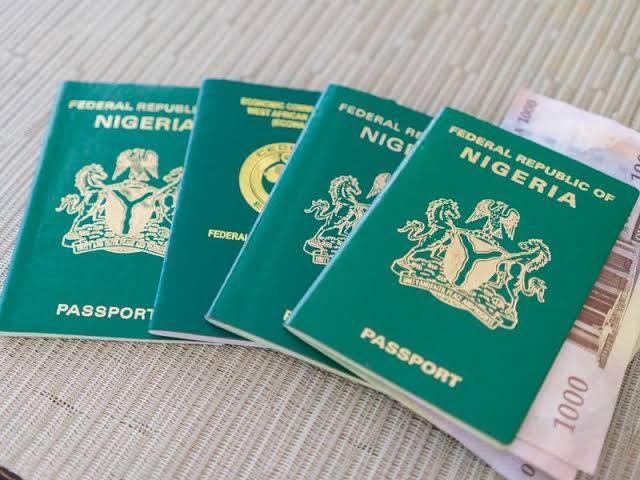On June 10, 2025, Saudi Arabia made an important announcement: it resumed issuing Umrah visas to international pilgrims. This news came just a day after the successful conclusion of Hajj 2025, which was widely regarded as one of the most effectively managed pilgrimages in recent years. According to the Ministry of Hajj and Umrah, the first wave of international pilgrims is expected to arrive in Mecca and Medina as early as June 11, 2025.
The official reopening of Umrah visa services on June 10, 2025, marks the beginning of a new Umrah season. Unlike Hajj, which occurs during specific months, Umrah can be performed at any time throughout the year. This flexibility makes Umrah an accessible pilgrimage for millions of Muslims globally, allowing them to undertake the journey to Mecca at their convenience. The current Umrah season will last through 2026, giving pilgrims ample opportunity to visit the holy cities of Mecca and Medina.
In a statement, the Minister of Hajj and Umrah, Dr. Tawfig bin Fawzan Al-Rabiah, described Hajj 2025 as not just an organizational achievement but a preview of what the future of pilgrimage could look like. His comments highlighted the many improvements made in managing the large crowds, ensuring a more seamless experience for pilgrims.
Why Umrah Visa Services Are Temporarily Suspended
Each year, Saudi Arabia halts the issuance of Umrah visas temporarily in the months leading up to Hajj. This suspension is a strategic measure taken by the Saudi authorities to focus all resources on the organization of Hajj and to prevent overcrowding in and around the holy sites. By pausing short-term visas, including those for business or family visits, the government can prioritize the smooth operation of Hajj without the added burden of managing non-pilgrim travelers.
In April 2025, travelers from 14 countries, including India, were affected by this suspension. While there was speculation about political reasons for the visa halt, officials clarified that it was part of routine crowd control procedures ahead of Hajj. The restrictions are always temporary, and they are lifted promptly after Hajj concludes.
The Close of Hajj 2025 and Its Significance
The Hajj 2025 season officially concluded on June 9, 2025, after welcoming over 16.7 lakh pilgrims (1.67 million) from more than 150 countries. This year’s Hajj saw an unprecedented number of attendees, and the smooth management of such a large crowd was widely praised. Saudi authorities implemented numerous measures to ensure the safety and comfort of pilgrims, and the success of these efforts is seen as a model for future Hajj seasons.
Among the Indian pilgrims, around 1.75 lakh individuals had registered for Hajj 2025. Of these, approximately 1.2 lakh traveled under the government quota, which is managed by the Union Ministry of Minority Affairs and the Hajj Committee of India, while the remaining pilgrims arranged their trips through private tour operators. This high number of Indian pilgrims underscores the vital role that India plays in the Hajj pilgrimage, illustrating the deep spiritual connection many Indian Muslims have with the sacred journey.
Implications for the Global Travel Industry
The resumption of Umrah visa services is expected to have significant effects on the global travel industry, particularly in nations with large Muslim populations. For many Muslims, the Umrah pilgrimage is an essential religious journey, and the ability to perform it year-round will increase demand for travel to Saudi Arabia. The extension of the Umrah season through to 2026 will likely encourage a more steady flow of pilgrims, helping to mitigate the congestion often seen during peak periods.
Travel agencies, airlines, and accommodation providers specializing in pilgrimage travel can expect a rise in bookings as pilgrims plan their trips with greater flexibility. The resumption of visa services will allow them to better manage their schedules, spreading demand over a longer period and reducing pressure on resources. This increased demand will likely have a positive effect on the local economy in Saudi Arabia, as well as on the international travel industry, particularly in regions where pilgrimage tourism plays a significant role.
Moreover, the logistical innovations implemented during Hajj 2025 are expected to set new benchmarks for future pilgrimages. The success of crowd control measures and improvements in pilgrimage services will continue to enhance the experience for pilgrims. As a result, Saudi Arabia is likely to see an increase in Umrah travelers, as the improved services will make it an attractive option for spiritual seekers looking for a smooth and enriching pilgrimage experience.
The Future of Pilgrimage Travel
The lifting of the temporary restrictions on Umrah visas marks a return to normalcy and signals a promising future for pilgrimage travel in Saudi Arabia. The flexibility offered by the year-round Umrah season allows millions of Muslims to visit the holy cities of Mecca and Medina without waiting for specific dates. This shift towards a more accessible pilgrimage experience is expected to draw more pilgrims, making Umrah a viable option for many.
As Saudi Arabia continues to invest in infrastructure and improve services for pilgrims, the ease of traveling to the Kingdom will only increase. This will likely lead to a further boost in global tourism, especially in regions where religious travel holds significant importance. For Muslims around the world, the opportunity to visit the holy cities of Mecca and Medina at any time, rather than being confined to specific dates, will make Umrah a more attractive spiritual journey.
The reopening of Umrah visa services on June 10, 2025, following the successful conclusion of Hajj 2025, is a significant step for both Saudi Arabia’s tourism sector and the global Muslim community. With the removal of temporary visa restrictions, the Umrah pilgrimage is now more accessible than ever, providing Muslims worldwide with the flexibility to undertake this sacred journey at any point during the year. The successful Hajj 2025 season has set a high standard for managing large-scale pilgrimages, and these improvements will undoubtedly enhance the experience of future pilgrims. For the millions of Muslims hoping to perform Umrah, this resumption marks the beginning of a new, more flexible era of pilgrimage travel.
Hajj Reporters














